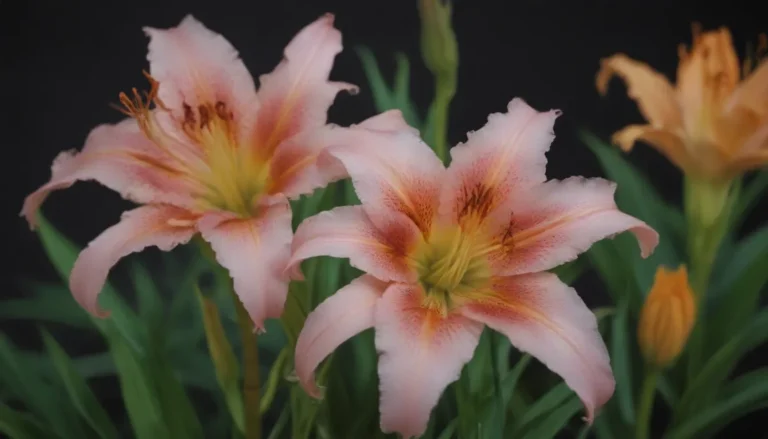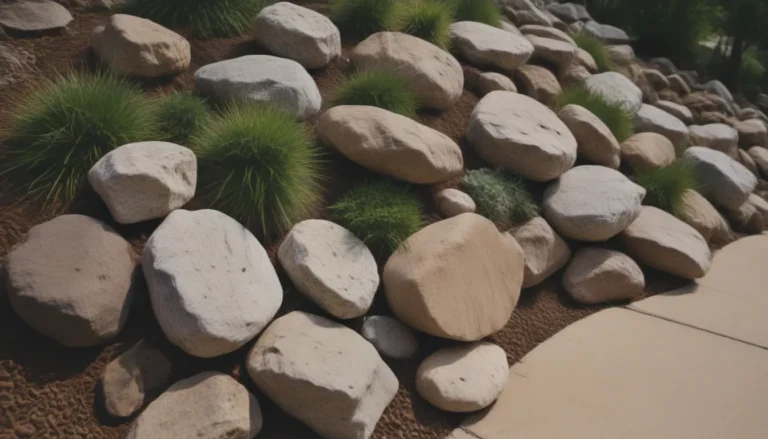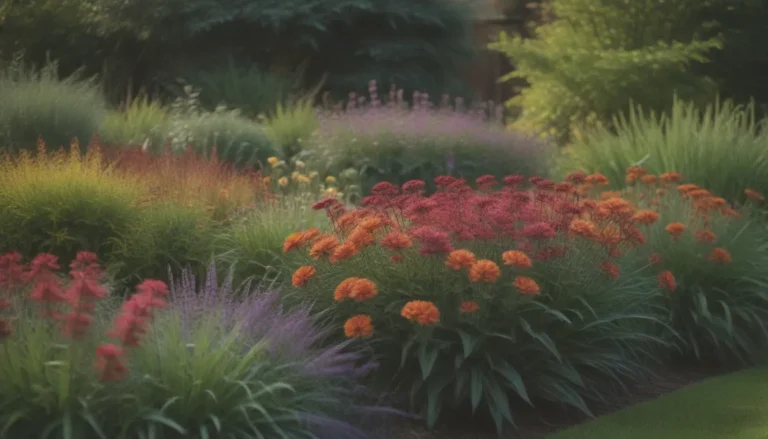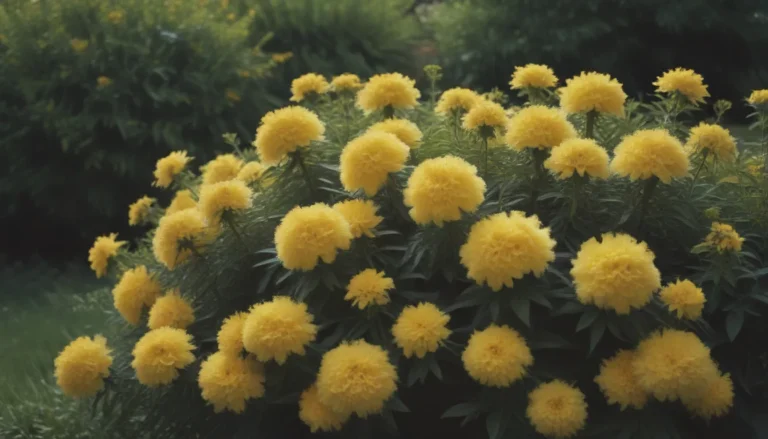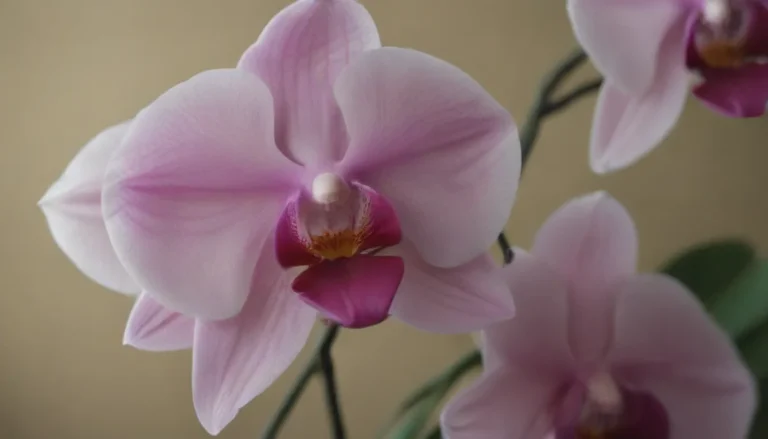All You Need to Know About Growing and Caring for Sesame Plants
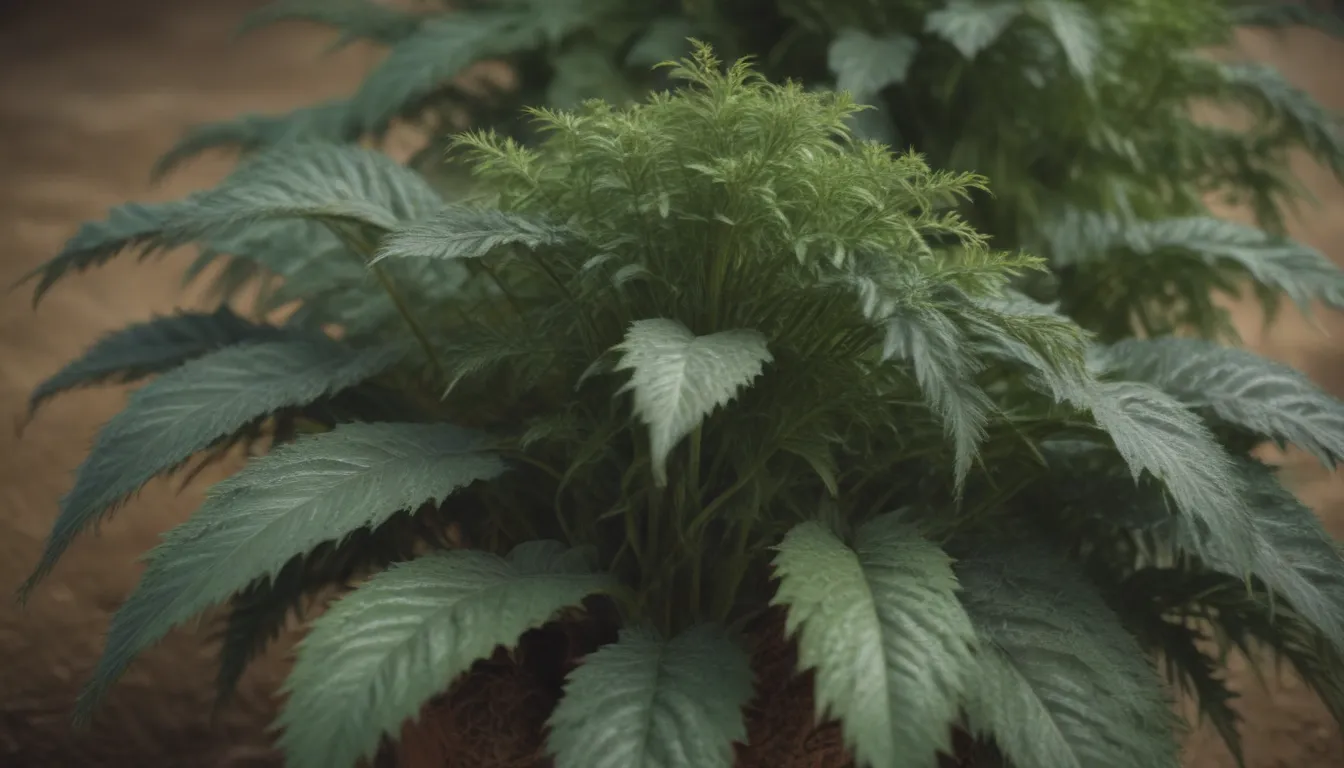
If you’re looking to add a touch of tropical flair to your garden while reaping the benefits of delicious, nutrient-packed sesame seeds, growing sesame plants might be the perfect option for you. Native to Africa and India, the sesame plant is a tropical perennial that is typically grown as an annual due to its specific growing conditions. While sesame plants thrive in hot, dry climates with full sun and well-drained soil, they can be a challenge for gardeners outside these regions. In this comprehensive guide, we’ll delve into everything you need to know to successfully grow and care for sesame plants in your garden.
Sesame Plant Care: The Essentials
Growing and caring for sesame plants requires attention to a few key factors to ensure the health and vitality of your plants. Here are the main care requirements you need to keep in mind:
Light
Sesame plants are sun lovers, so make sure to provide them with plenty of direct sunlight. Consider planting them near a stone or brick wall to enhance heat production and create a conducive environment for growth.
Soil
While sesame plants are adaptable to various soil types, good drainage is essential for their well-being. Opt for sandy, loamy soil to prevent waterlogging, as sesame plants are intolerant of standing water, wet soils, heavy clay, or salty soil. Aim for a neutral pH level to create an optimal growing environment for your plants.
Water
Despite requiring regular watering during germination and establishment, sesame plants are drought-tolerant and don’t need excessive moisture. Avoid planting them near other water-loving plants and consider providing them with their own raised bed to regulate water intake effectively.
Tip: Plant sesame alongside other drought-tolerant species like lavender, thyme, or sedums to create a harmonious garden setting.
Temperature and Humidity
Sesame plants thrive in hot, dry conditions, making them ideal for regions with desert-like climates. Their ability to withstand drought contributes to their value as a resilient food crop in arid regions.
Fertilizer
To promote healthy growth, apply nitrogen foliar fertilizer to your sesame plants throughout the growing season, especially before flowering. Pre-fertilizing the soil before planting can also enhance nutrient availability for your plants.
Pruning: Keeping Your Sesame Plants in Shape
Sesame plants are relatively low-maintenance and don’t require extensive pruning. However, if your plants become leggy or show signs of overwatering, you can trim the leaves as needed while ensuring sufficient foliage for photosynthesis. Remember to avoid cutting off bell-shaped flowers, as they play a crucial role in the plant’s reproductive cycle.
How to Grow Sesame Plants From Seed
Sesame plants can be propagated from seeds sourced from a recent harvest or store-bought seeds. When starting sesame seeds indoors, follow these steps for successful germination:
- Start seeds indoors in a well-draining seed starting mix.
- Transplant seedlings outdoors once they have established a strong root system.
- Provide full sunlight and warm temperatures for optimal growth.
Fun Fact: Sesame plants produce bell-shaped pendulous flowers that resemble foxgloves in various colors like white, purple, or blue.
Harvesting and Storing Sesame Seeds
Harvesting sesame seeds can be a delicate process due to their small size and high oil content. To ensure proper storage and prevent rancidity, follow these steps for harvesting and storing sesame seeds:
- Allow seeds to dry inside seed pods on the plant before harvesting.
- Harvest seeds as the pods begin to split in late summer.
- Dry seeds thoroughly before storing to maintain freshness and flavor.
- Consider toasting seeds before storage for enhanced preservation.
Potting and Repotting: The Right Container for Your Sesame Plants
When potting sesame plants, use a small container initially and transfer them to a slightly larger pot as they grow. Avoid shocking the plant by minimizing pot size increases during repotting to promote healthy root development and prevent stress.
Common Pests and Plant Diseases: Protecting Your Sesame Plants
Sesame plants are susceptible to pests like green peach aphids and grasshoppers, which can hinder plant growth and vitality. Additionally, pests like cutworms and caterpillars may pose a milder threat, while diseases like root rot can affect plant health.
- Prevent pest infestations by using well-draining soil and porous pots.
- Monitor plant health regularly for signs of leaf spot disease and take prompt action to prevent its spread.
- Practice good garden hygiene to minimize pest activity and promote plant resilience.
How to Encourage Sesame Plants to Bloom: A Blooming Guide
While sesame plants are primarily grown for their seeds, their trumpet- or bell-shaped blooms can add a colorful touch to your garden. Follow these tips to encourage blooming in your sesame plants:
- Provide full sunlight and warmth for optimal blooming conditions.
- Allow for adequate spacing to promote air circulation around plants.
- Continue caring for your plant after blooming to ensure seed production and continued growth.
Common Problems with Sesame Plants: Troubleshooting Tips
Growing challenges with sesame plants often stem from excessive moisture and humidity. To avoid potential issues, choose a planting location with ample sunlight and good airflow to create an ideal growing environment for your plants.
- Select planting sites carefully to avoid waterlogged conditions and excessive humidity.
- Provide optimal growing conditions to support sesame plant longevity and productivity.
- Monitor plant health regularly for signs of stress or disease and take appropriate measures to address any issues.
In conclusion, growing and caring for sesame plants can be a rewarding endeavor that yields flavorful seeds and vibrant blooms. By following the essential care tips outlined in this article and addressing common challenges proactively, you can enjoy a successful sesame plant cultivation experience in your garden. Happy gardening!
References:
- Langham, D. Ray. SESAME PESTS – A REVIEW, PART 1 (Sesamum indicum L.), Jun 2019.
- Meena, B. Integrated Management of Stem and Root Rot Disease in Sesame Caused by Macrophomina phaseolina. Int. J. Curr. Microbiol. App. Sci. vol. 9, no. 10, 2020, pp. 3764-3770. doi:10.20546/ijcmas.2020.910.433
